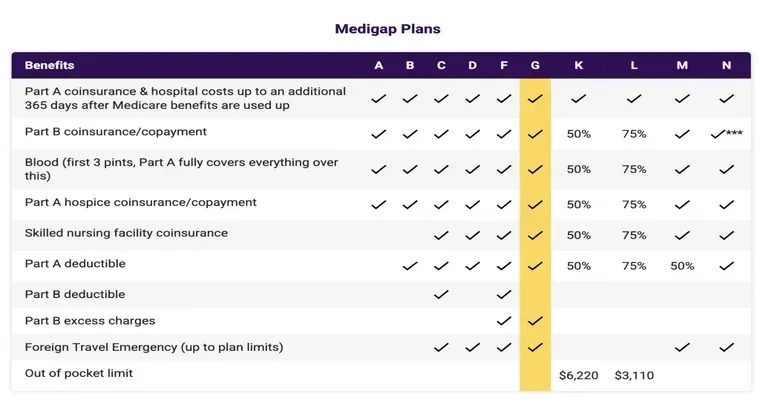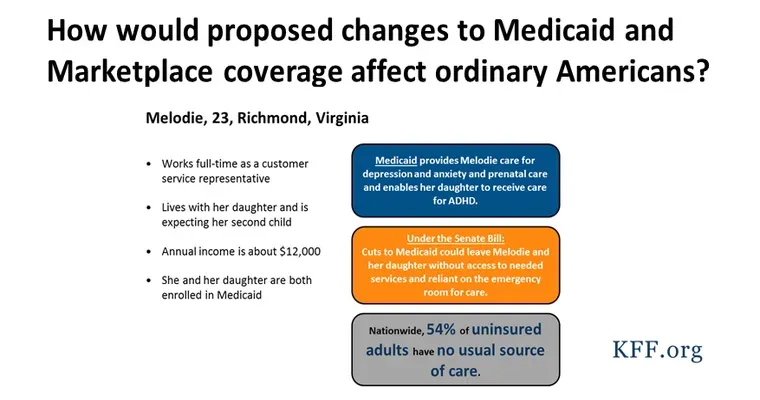If you are considering a "Skilled Nursing Facility (SNF) transfer" across state lines, you may feel overwhelmed by the process. The logistics involved in moving a loved one from one facility to another can be complicated, especially when it comes to "regulatory requirements", "insurance coverage", and "medical records". This article will guide you through the essential steps to ensure a smooth transition.
Understanding Skilled Nursing Facility Transfers
A "Skilled Nursing Facility" provides short-term rehabilitation or long-term care for individuals who require medical attention and assistance with daily activities. Transferring a resident from one SNF to another across state lines involves several critical considerations that must be addressed to avoid complications.
Steps to Take for SNF Transfer
1. "Consult with Healthcare Professionals"
Begin by discussing the transfer with your loved one’s current healthcare providers. They can provide insights into the medical needs that must be met at the new facility and help determine if the new SNF can accommodate those needs.
2. "Research Facilities"
Look for "Skilled Nursing Facilities" in the destination state. Consider factors such as location, services offered, staff qualifications, and facility ratings. It’s essential to choose a facility that meets your loved one's specific needs and preferences.
3. "Check State Regulations"
Each state has different regulations governing the operation of "Skilled Nursing Facilities". Familiarize yourself with the licensing requirements and any specific laws that may affect the transfer process in both the current and destination states.
4. "Insurance and Payment Options"
Verify that your loved one’s insurance plan will cover the new facility. Some insurance providers may have specific networks or restrictions regarding out-of-state facilities. Contact the insurance company to understand the coverage details and any potential out-of-pocket costs.
5. "Coordinate Medical Records"
Ensure that all necessary medical records are transferred to the new "Skilled Nursing Facility". This includes treatment plans, medication lists, and any relevant health history. Proper documentation is crucial for continuity of care and must be shared with the new facility before the transfer.
6. "Plan for Transportation"
Arranging safe transportation for your loved one is critical. Depending on their medical condition, you may need to hire a medical transport service or arrange for a family member to assist in the move. Ensure that the chosen method of transportation accommodates any specific medical needs.
7. "Communicate with Both Facilities"
Maintain open communication between the current and new "Skilled Nursing Facilities". This ensures that both parties are aware of the transfer details and can work together to provide a seamless transition for your loved one.
8. "Visit the New Facility"
If possible, visit the new "Skilled Nursing Facility" before the transfer. This allows you and your loved one to become familiar with the environment and staff, making the transition less daunting.
Conclusion
Transferring a loved one to a "Skilled Nursing Facility" across state lines can be a challenging process, but with careful planning and communication, it can be accomplished smoothly. By understanding the steps involved and addressing key considerations such as medical needs, insurance coverage, and transportation, you can ensure that your loved one receives the care they deserve in their new environment. Start the process early, and don’t hesitate to seek professional assistance if needed.





